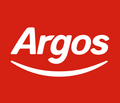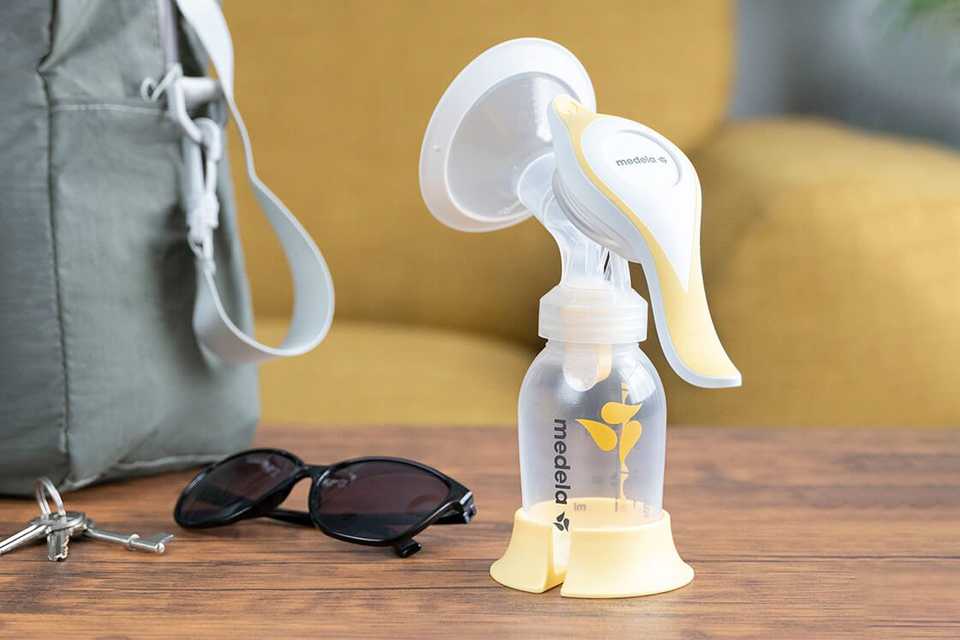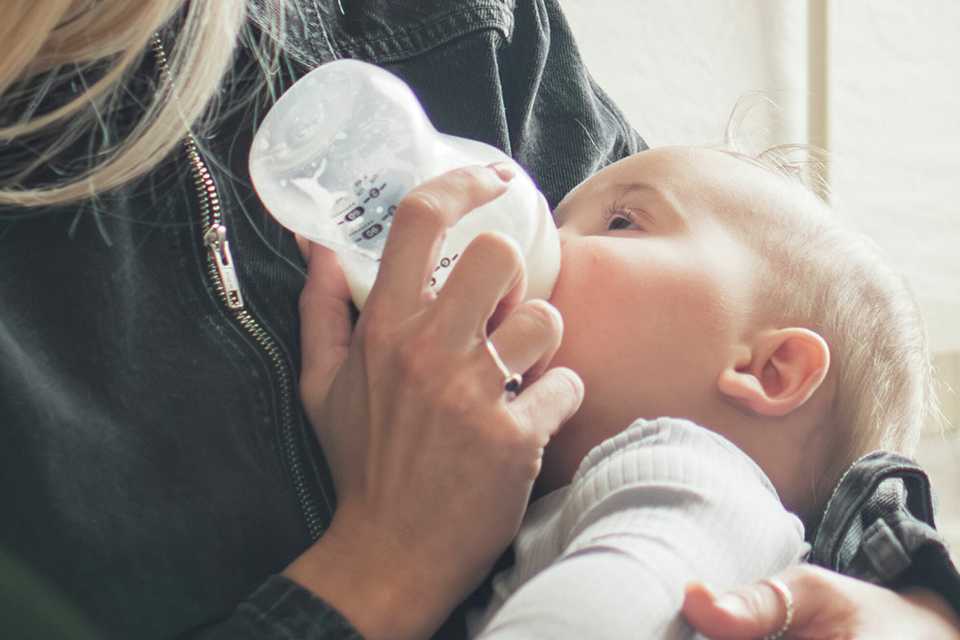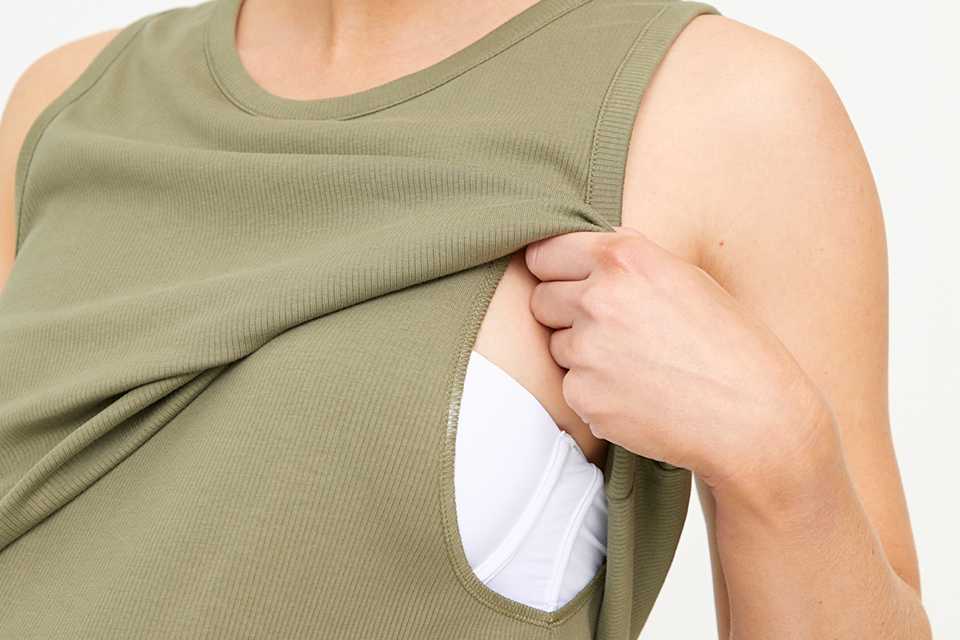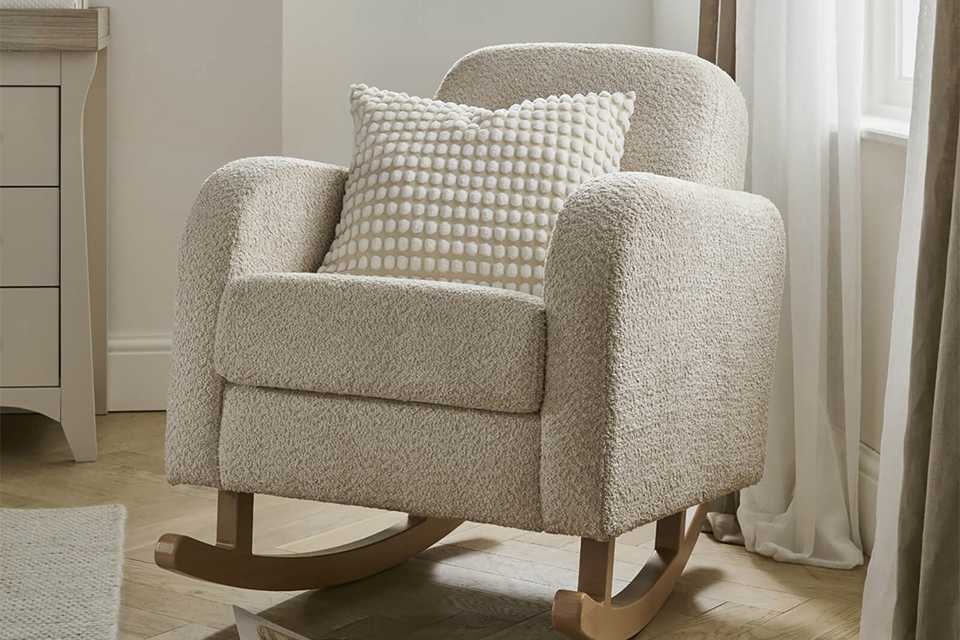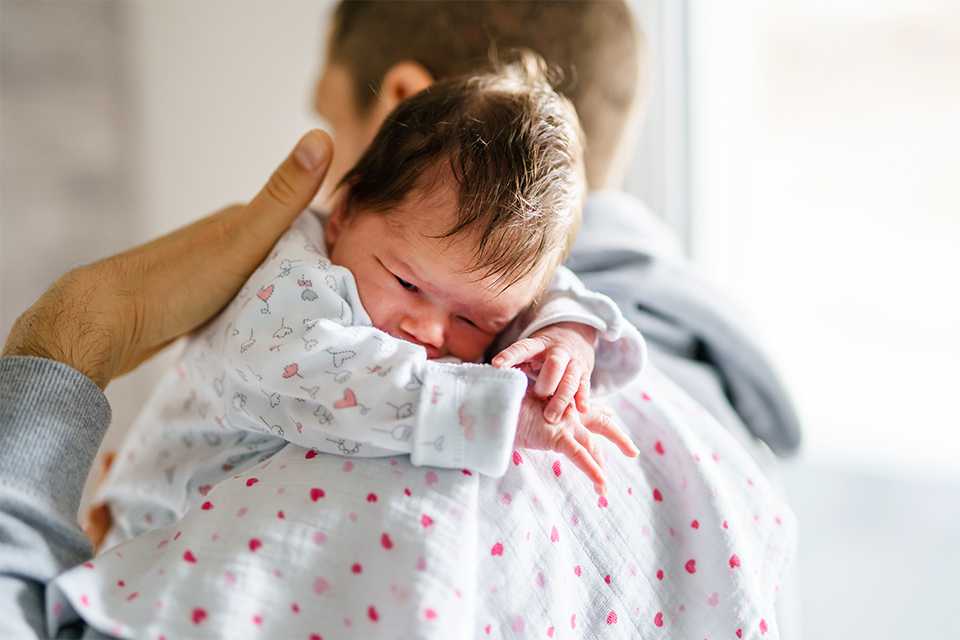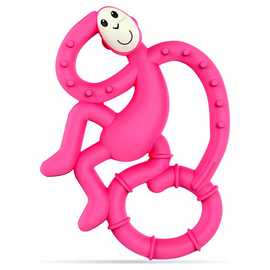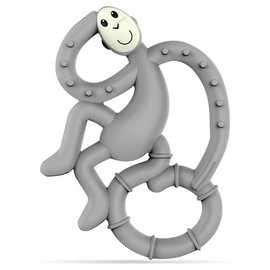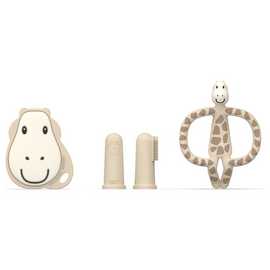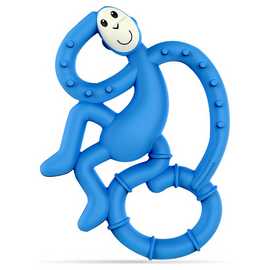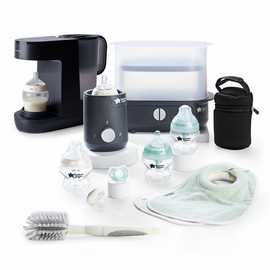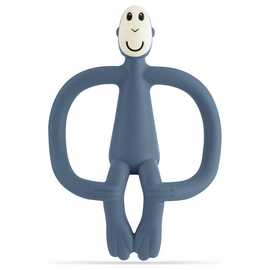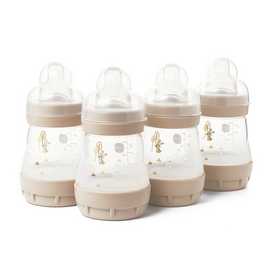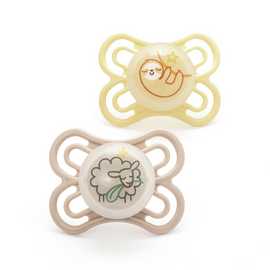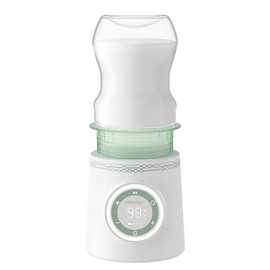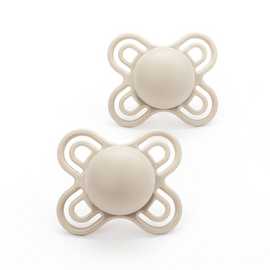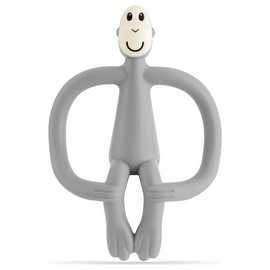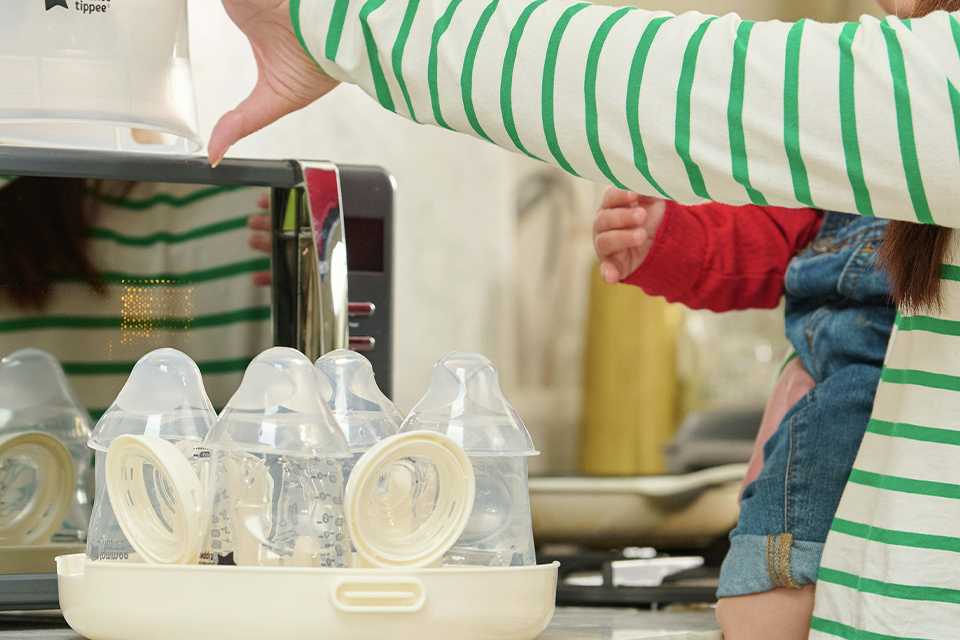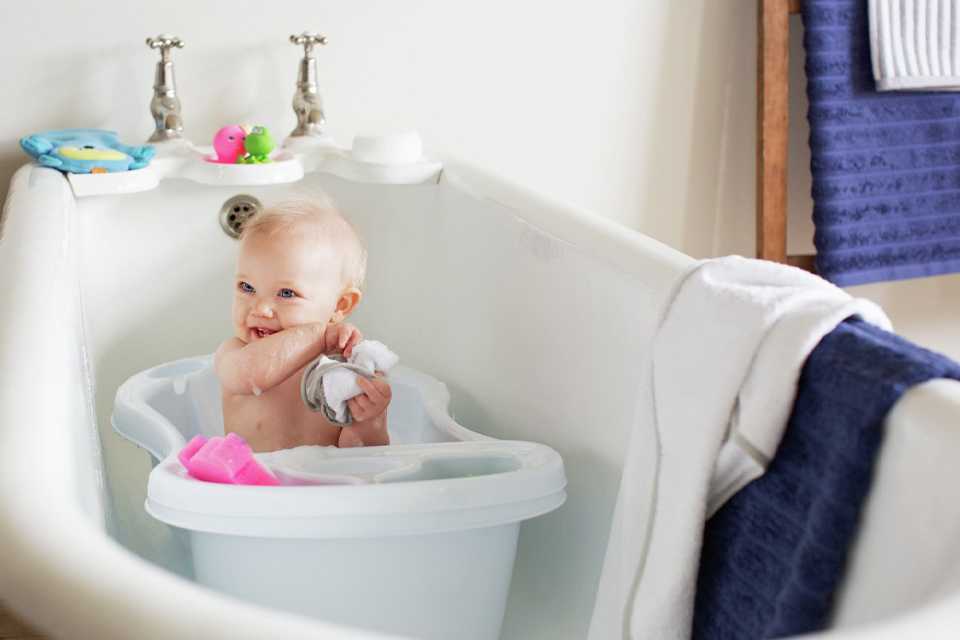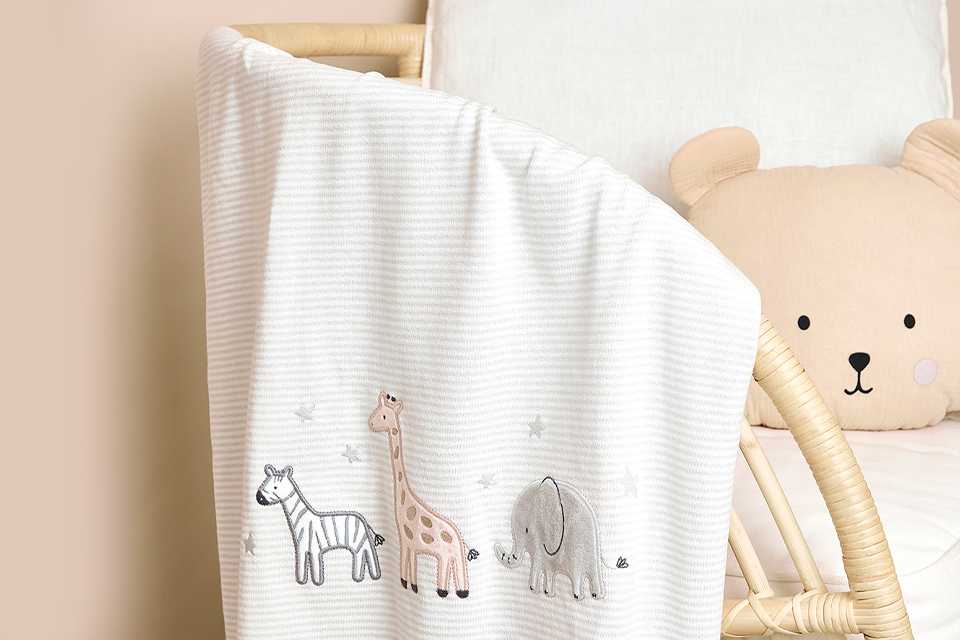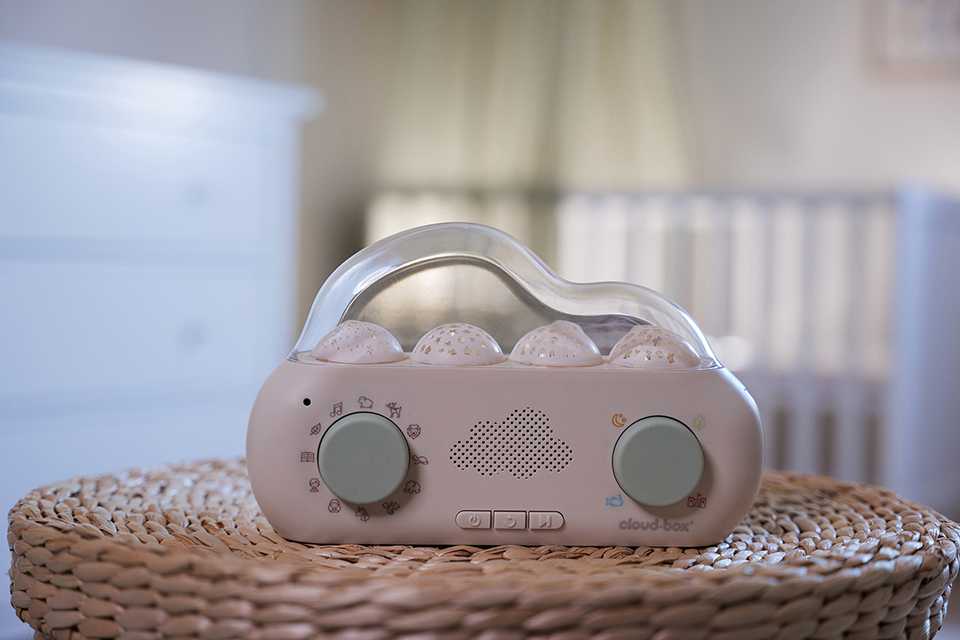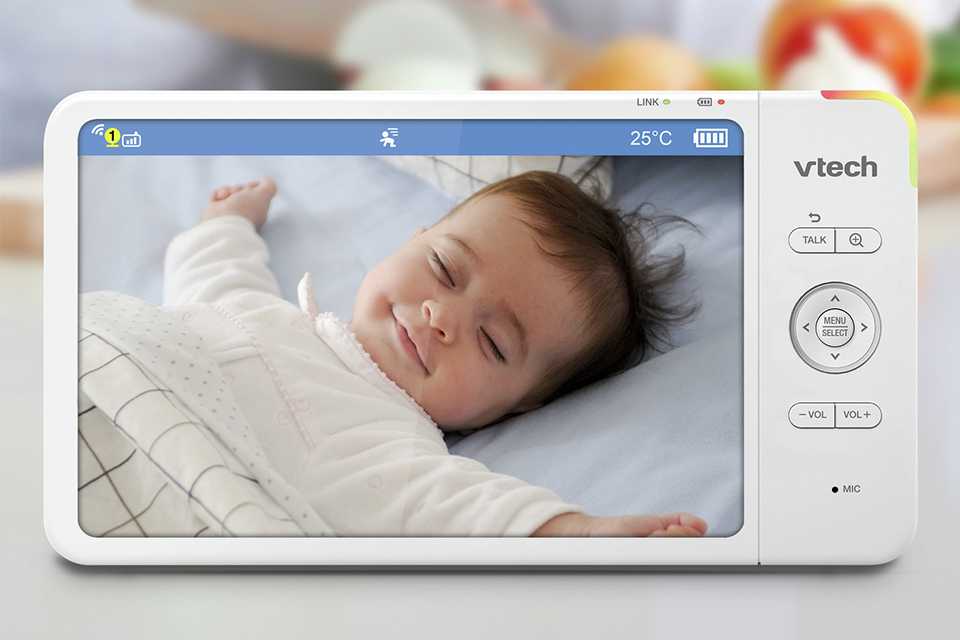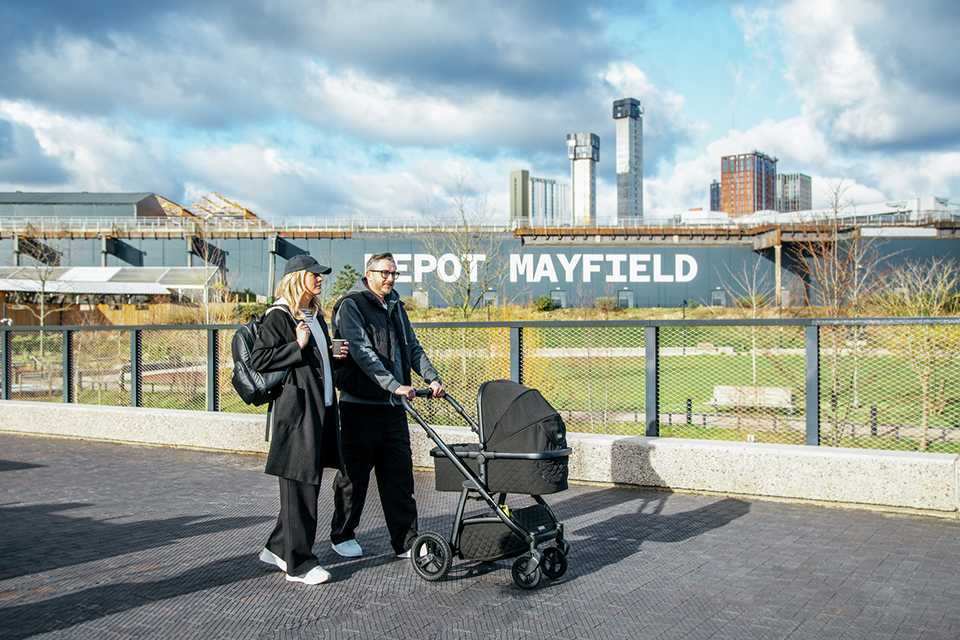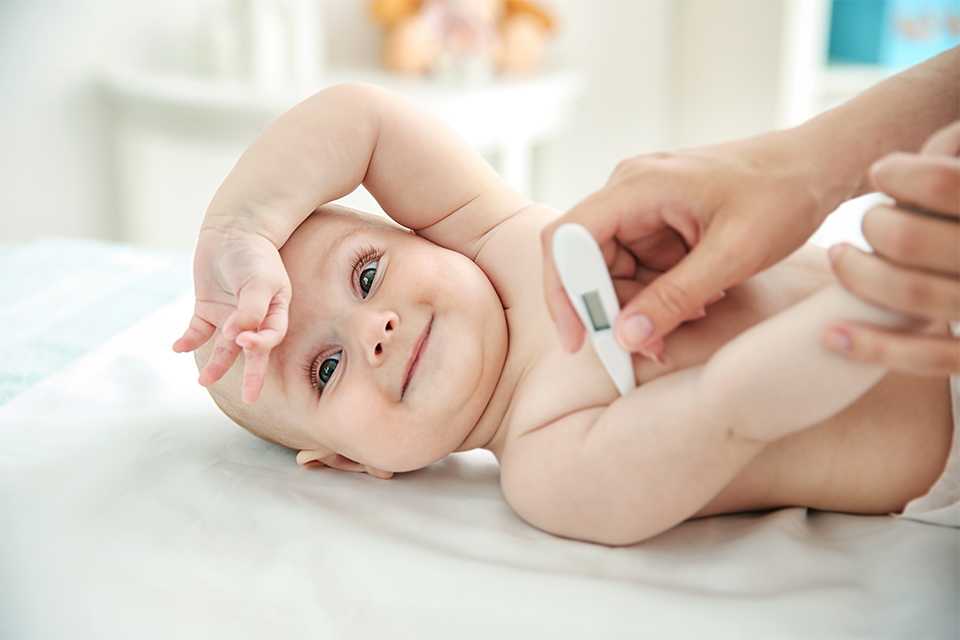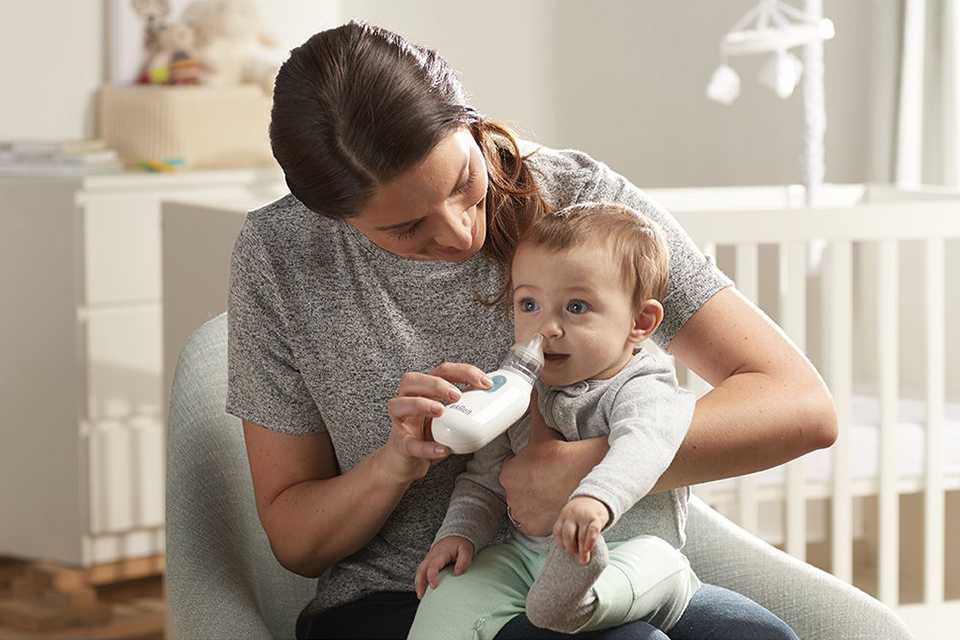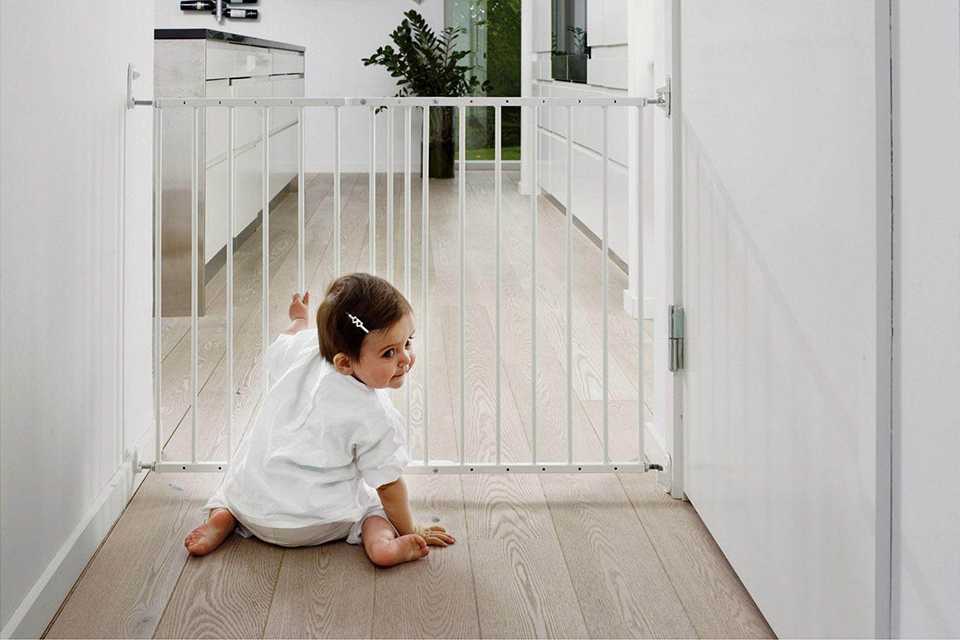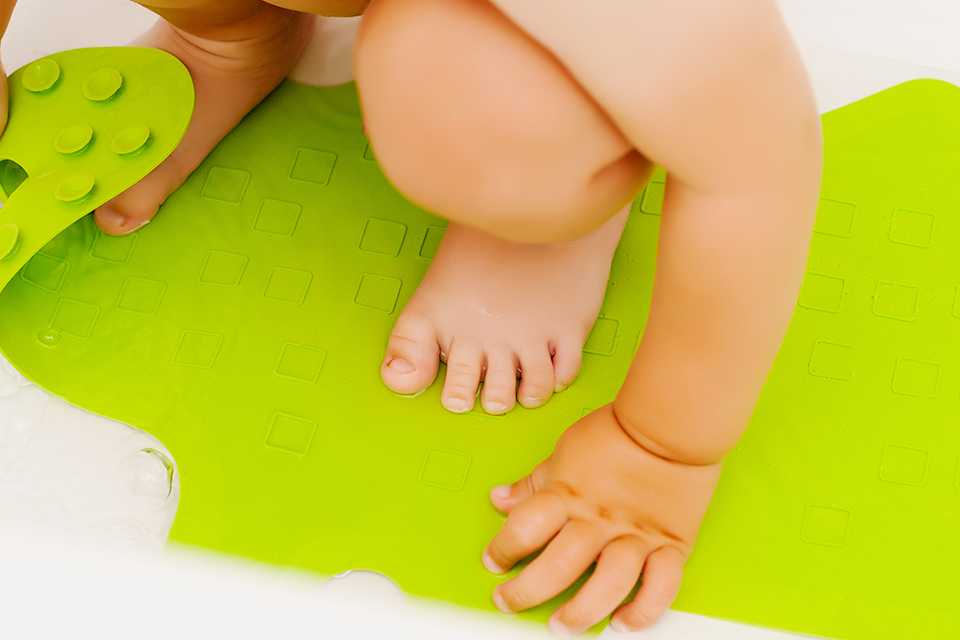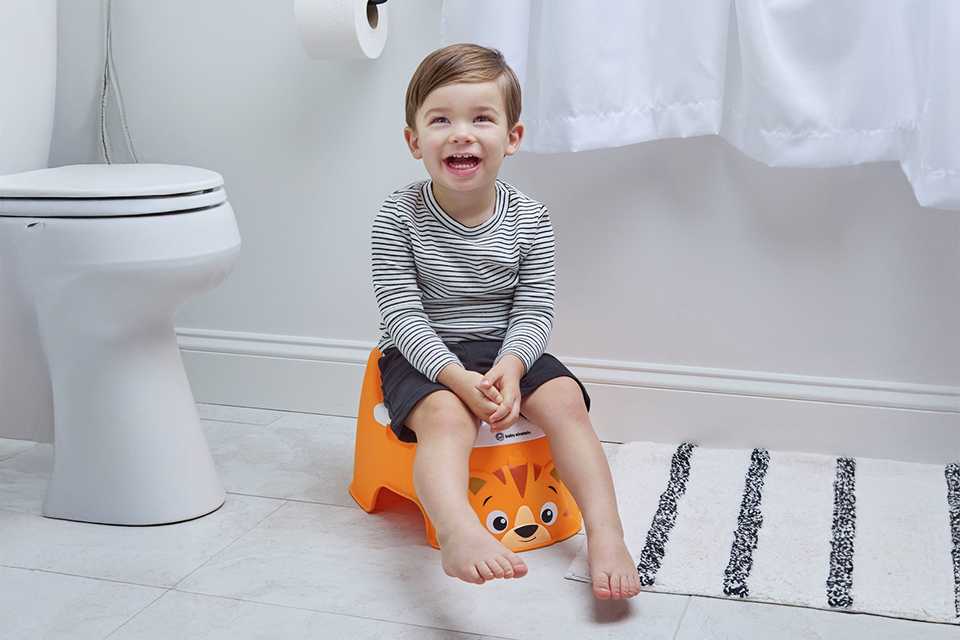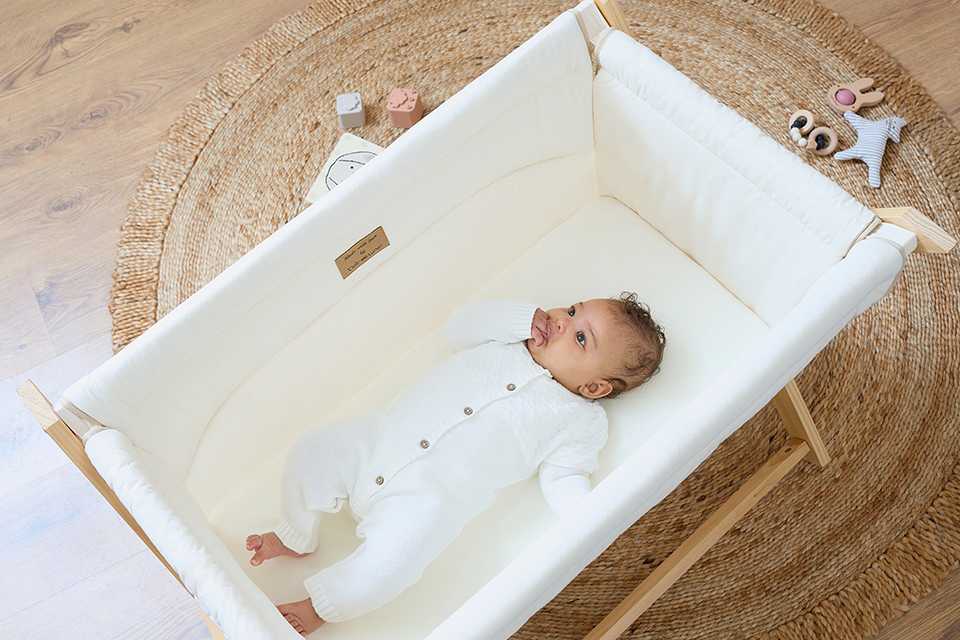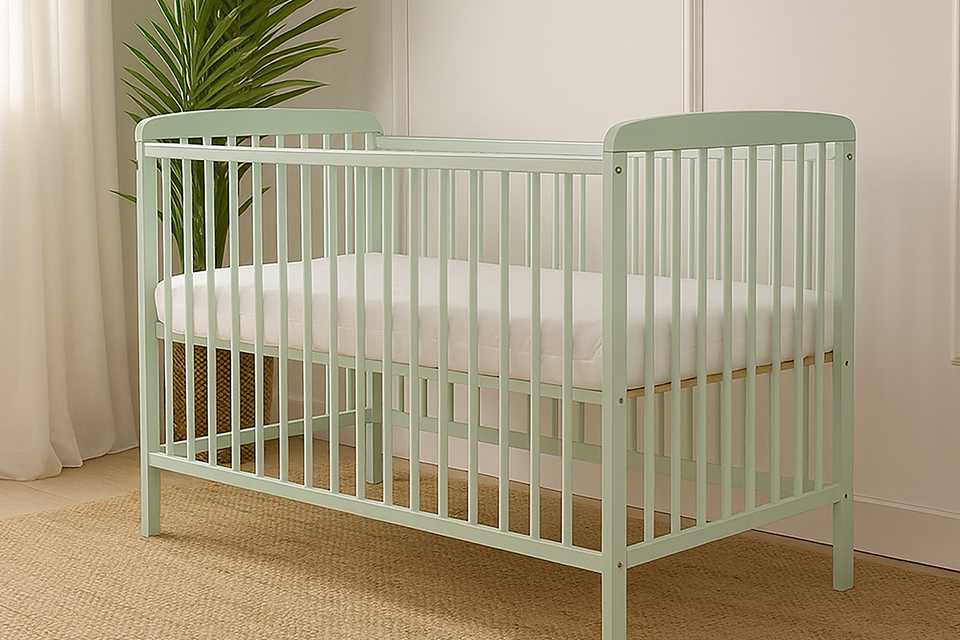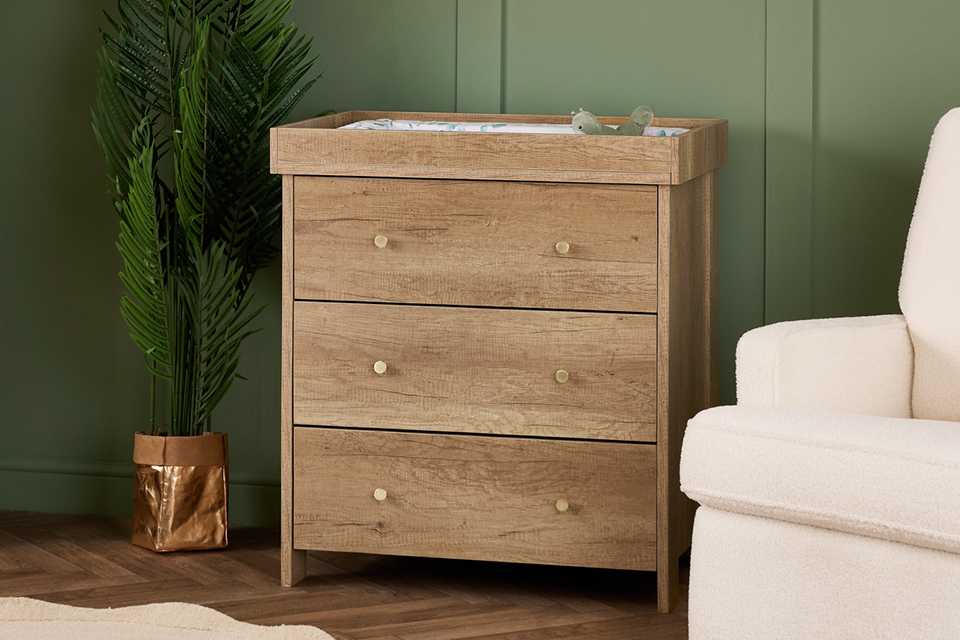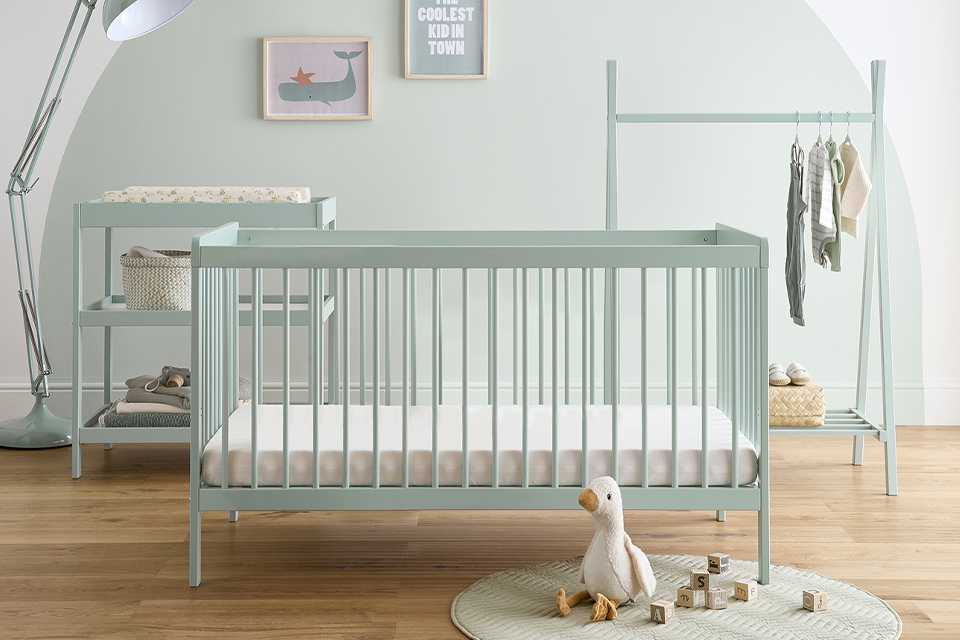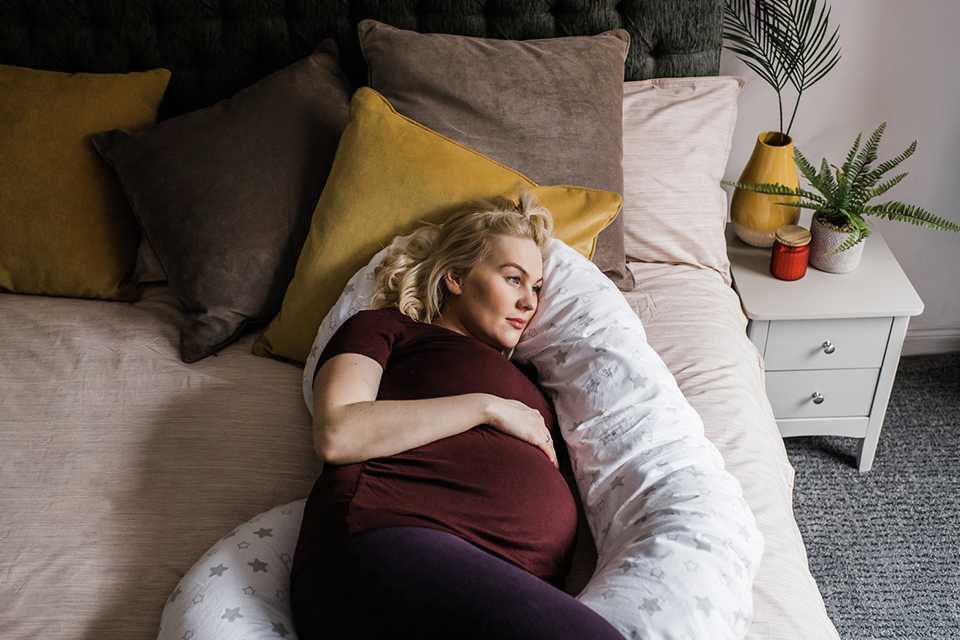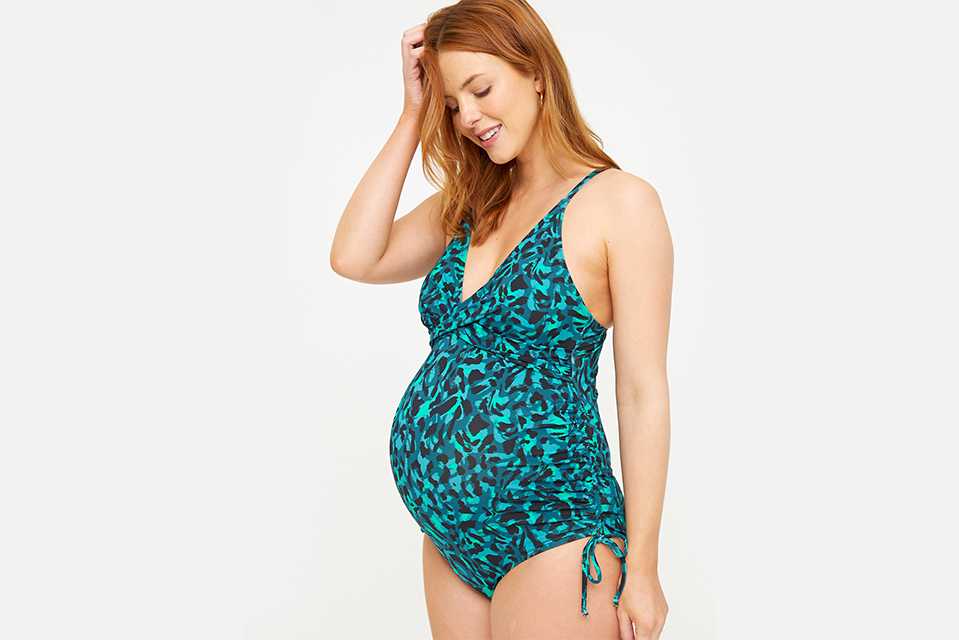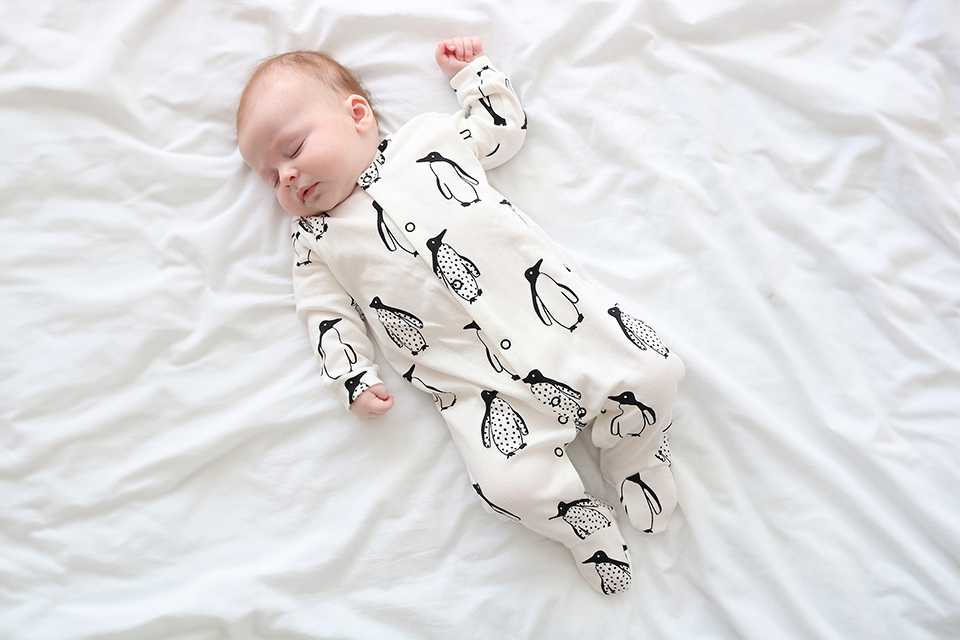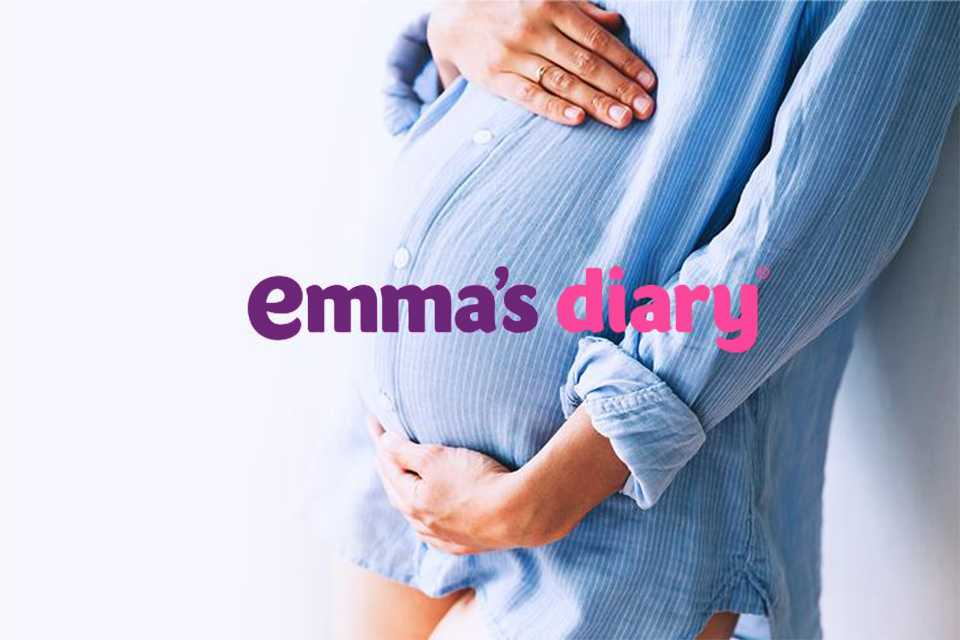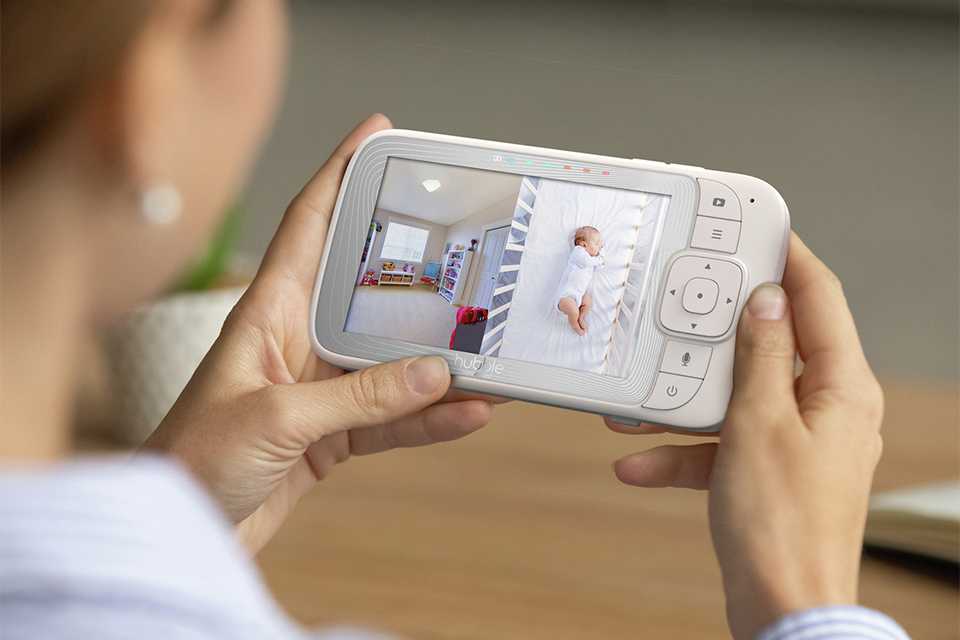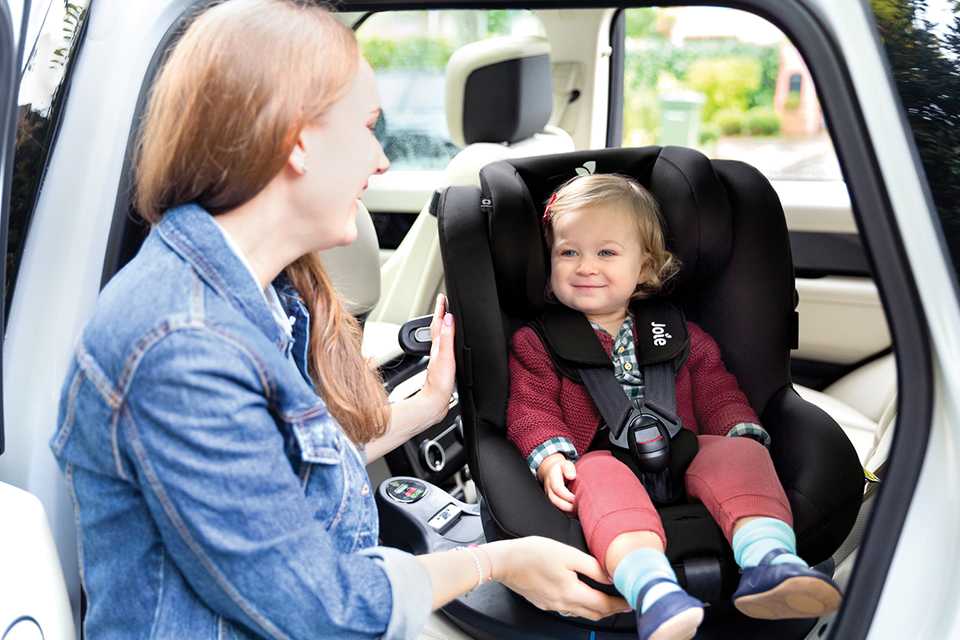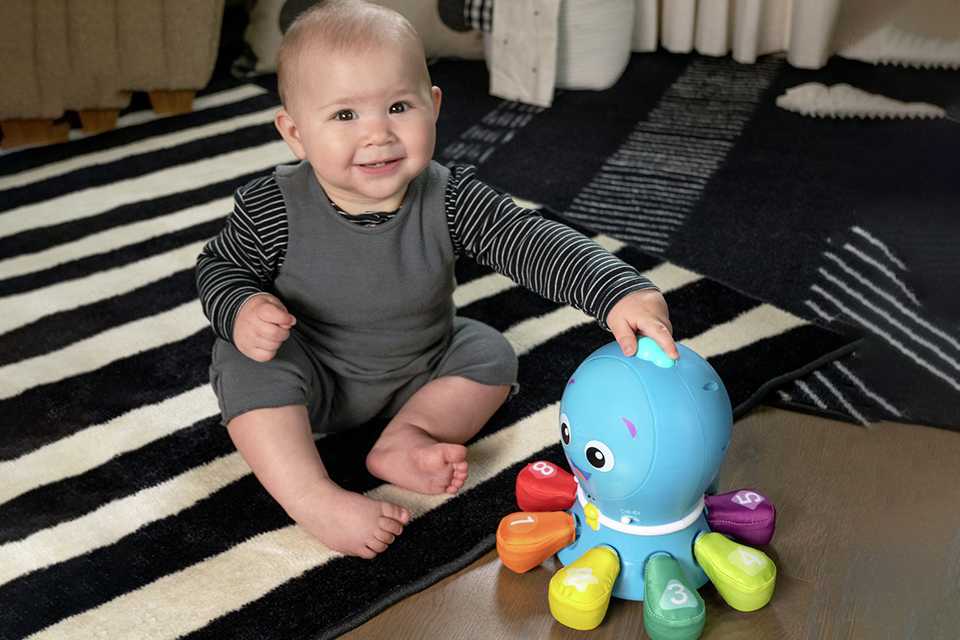Newborn baby essentials
Between prepping the baby gear to setting up the dream nursery, it's easy to miss out on small but important things. To make it easier for you, we've streamlined the information along with must-haves you'd need for the new arrival.
Baby essentials you need
Carousel
Baby feeding and weaning essentials
From breast pumps and bottles to teethers and booster seats, here's everything you need to make the milk to solids journey easy.
Carousel
Slider Grid
How to sterilise baby bottles
Your newborn’s immune system is in its earliest stage of development, and therefore, take extra precautions to prevent possible infection. There are 2 main sterilisation methods you can choose from - steam and UV.
Tips to sterilise baby bottles
- After every feed, wash the bottles and teats in hot, soapy water.
- Use a dedicated baby bottle brush to help give a thorough clean.
- Or you can pop them facing down in your dishwasher.
- Rinse them in cold water before sterilising.
- You use UV sterilisers as they are fast and fuss-free, and lightweight and easy to use.
- Or got for steam sterilisers, the most common method which comes in the form of either an electric or microwave steam steriliser.
- Sterilise new bottles and teats before you use them to remove any bacteria.
- You will need to continue this sterilisation process until your baby is at least 1 year old.
Baby sleep and nursery ideas
Carousel
Carousel
Travelling with baby
Carousel
Baby health and safety essentials
Carousel
Create a baby nursery
Carousel
More baby nursery essentials
Carousel
Pregnancy and preparing for baby's arrival
Carousel
Gifts for babies
Best baby brands
Carousel
FAQs about baby products & newborn essentials
What are the must-haves for a newborn baby?
For a newborn baby, you should have baby sleep essentials like cot beds for the baby to sleep on, baby sleepwear, and baby monitors. Think about feeding and weaning must-haves like breast pumps, bottle warmers and sterilisers, nursing clothes, nursing chair, and bibs and muslins. Don't forget travel cots and prams. Other safety essentials include thermometer, safety gates, and non-slip bath mats.
What to buy for a nursery?
For your baby's nursery, start with a Moses basket, cot or a bedside cot. Plus, a right-sized mattress, fitted sheets, blankets, baby monitor, and nightlights. You will also need furniture like a changing table, nappy bins, chest and wardrobes and a nursing chair.
What are some budget-friendly nursery ideas?
For a pocket-friendly nursery, go for neutral palettes that grow with your child, use baskets, cubes and hanging storage instead of chests and wardrobes for baby's clothes. For lighting, use simple fixtures and lighting instead of pricey ones. Skip the extras like buntings, multiple baby monitors or fancy bedding.
What do you need for the first three months with a newborn?
For the first three months, you will need essentials like feeding supplies, nursing chair and table, cot / crib, diaper changing table, baby's clothing, sleepwear, bath essentials, travel cot or baby carrier, health and safety products like thermometer.
What should a newborn wear to sleep in?
Newborns should wear breathable clothes while sleeping. A sleepsuit or footed pyjamas are great options. Along with this, swaddle them as it helps keep them warm and helps prevent startle reflex. Once your baby starts rolling, switch to a wearable blanket.
Are baby monitors a good idea?
Baby monitors are a good idea for your peace of mind. They let you hear and see the baby when you are in a different room. Many models also come with features like temperature sensors and movement alerts.
What age should a baby go in a cot?
Babies can start sleeping in a cot anytime between three to six months as they outgrow the Moses basket. But this timeline varies for each baby as they have a unique growth curve. Some of the signs to know they are ready for a cot are:
- They've outgrown the weight and size limit of the basket.
- They are more mobile - rolling and moving, which makes smaller spaces uncomfortable and unsafe.
- They wake up often due to discomfort.
What is the difference between a crib and a cot?
A crib is a bed for infants. It has high slatted sides for the baby's safety. It's a term most commonly used in the US and Canada. Whereas the cot, a British equivalent of a crib is similar but can also come with flexible features like a large size, adjustable base, and foldability. While both serve the same purpose, design and style differ as per the region.
How to keep your baby's nursery clean?
To keep your baby's nursery clean, make sure you have a routine. Take up some tasks daily like wiping the changing table, mopping the floor and wiping the door knobs. You could set up a regular reminder to sanitise toys, wash the bedding, and clean the air purifier and dehumidifier to avoid mould build up.
How to wash baby's clothes?
First and foremost, wash new clothes to remove any chemicals and dust on them. For their daily clothes, sort them to colours first to prevent any colour bleeding and then wash them with a mild detergent. Use warm water between 30–40°C and run an extra rinse cycle so there is no residual detergent. Air dry, if possible or use a low-heat dryer setting to keep them soft.
Got any questions about feeding?
Feeding your newborn, whether breastfeeding or bottle-feeding, could be overwhelming at first but with guidance and support from other parents, you will get a hang of it. Here are some informative articles, tips and hints or more help.
